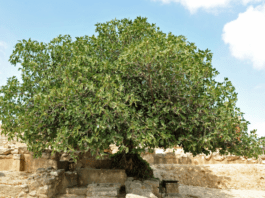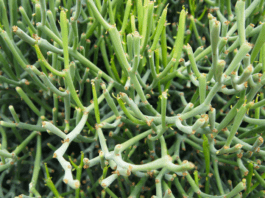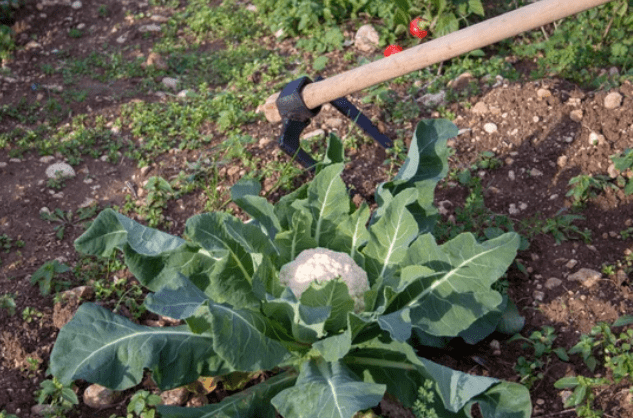
Your ticket to a healthy and thriving garden awaits with this guide on growing Broccoli Plants in Your Vegetable Garden. From seed to harvest, we’ll help you step into the world of broccoli gardening with expert tips, common pitfalls, and all the green-thumbed know-how you’ll need to get started.
Understanding Broccoli: A Nutritional Powerhouse
The Origins and History of Broccoli
Broccoli, a cruciferous vegetable, hails from the Mediterranean and has nourished people since the Romans. The Italian word ‘broccolo,’ which means the flowering crest of a cabbage, gave broccoli its name, reflecting its appearance. Since its humble beginnings, broccoli has spread across the globe, with gardeners in the chillier corners of the world particularly relishing its cool-weather tolerance.
Different Varieties of Broccoli
From the popular Calabrese broccoli to the sprouting varieties and the Romanesco with its intriguing spiral pattern, there’s a wide world of broccoli types out there. Each variety has unique traits, including variations in size, color, taste, and even the preferred growing conditions.
The Science of Broccoli Plants
The Growth Cycle of Broccoli
Understanding the growth cycle of Broccoli Plants in Your Vegetable Garden can give you a leg up in your gardening journey. Broccoli has a specific growth pattern, starting as a seed and progressing through several stages, culminating in a flowering stage where the familiar broccoli head develops. An annual plant completes this life cycle in a single growing season.
Soil Requirements for Broccoli
As for the soil, broccoli prefers well-drained, fertile soil rich in organic matter. The soil pH should ideally be in the slightly acidic to neutral range, between 6.0 and 7.0. But don’t fret if your soil isn’t perfect–broccoli is quite adaptable!
Light and Temperature Needs for Broccoli
Broccoli thrives in full sun but can tolerate partial shade. It can withstand a light frost as a cool-season crop, but the optimal growing temperatures are between 65°F and 75°F.
Watering Your Broccoli Plants: How Much is Too Much?
For watering, consistency is key. We should keep the soil evenly moist but not waterlogged. Too little water can lead to bitter-tasting broccoli, while too much can lead to disease.
Planting Your Broccoli
Sowing Broccoli Seeds Indoors
Starting your broccoli seeds indoors can give them a head start. Plant the seeds in a high-quality seed starting mix, about 1/4 to 1/2 inch deep. Keep the soil moist and place the containers in a warm, well-lit area.
Transplanting Broccoli to Your Vegetable Garden
Once the seedlings are big enough to handle and all risk of frost has passed, they can be moved to the vegetable garden. Harden them off for a week or so, gradually exposing them to outdoor conditions to reduce transplant shock.
Container Gardening: Growing Broccoli in Pots
If you’re short on space, don’t despair! Broccoli can be successfully grown in pots or containers. The container should be deep enough to accommodate the broccoli’s substantial root system and have adequate drainage holes.
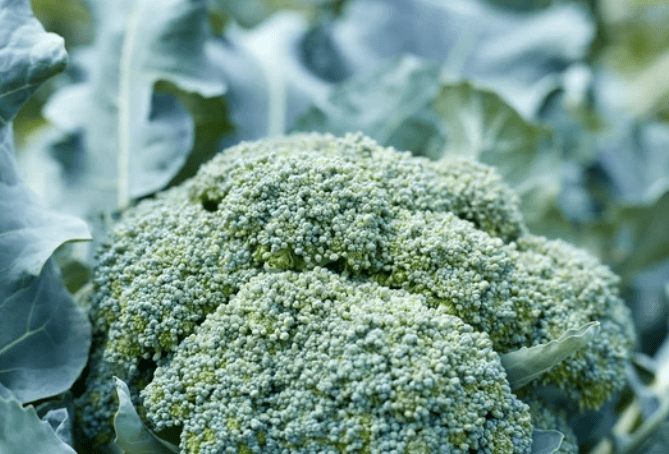
Caring for Your Broccoli Plants
Pruning and Thinning Broccoli Plants
Lower leaves and side shoots should be pruned to ensure energy is directed toward the main broccoli head. Thinning aids in enhancing air flow among plants, thus decreasing the risk of diseases.
Broccoli Pests and Diseases and How to Prevent Them
Common pests like cabbage worms, aphids, and flea beetles can threaten your broccoli plants. Diseases such as clubroot, blackleg, and black rot can also occur. Prevention is the best cure, so ensure good gardening practices like crop rotation and regular observation.
Natural Pest Control for Broccoli Plants
Incorporating natural pest control methods, such as beneficial insects, biological controls, or homemade organic sprays, can help maintain a healthy and productive broccoli patch.
Harvesting and Storing Broccoli
When and How to Harvest Broccoli
Your broccoli is ready to harvest when the head buds are firm and tight before the head’s flower. If you see yellow petals, gather them immediately. Cut the stem at an angle about 5 to 8 inches below the head.
Storing Your Broccoli Harvest
Broccoli can be stored in the refrigerator for up to 2 weeks. For longer-term storage, consider blanching and freezing your broccoli or pickling for a tasty treat.
Using Fresh Broccoli: Healthy Recipe Ideas
From stir-fries to soups, salads, and even snacks, there’s no shortage of delicious and nutritious ways to enjoy your fresh broccoli harvest.
Beyond the Basics: Advanced Broccoli Tips
Broccoli can benefit from companion planting, as certain plants can enhance its growth and overall well-being.
For broccoli, good companions include herbs like dill and mint and crops like beets, onions, and potatoes.
Dealing with Broccoli Plant Problems
Despite our best efforts, sometimes problems can arise. Whether it’s pests, diseases, or environmental stresses, knowing how to identify and address these issues can help save your broccoli crop.
Succession Planting with Broccoli
To extend your broccoli harvest, consider succession planting. This involves planting new broccoli every two to four weeks during the growing season.
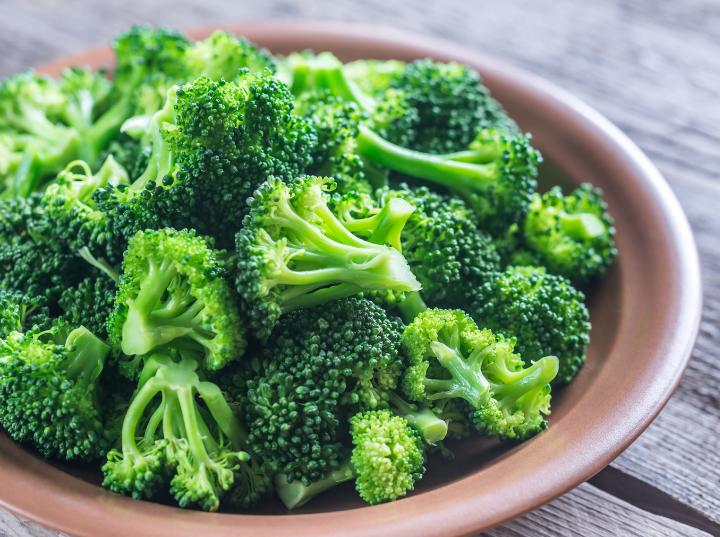
Improving Broccoli Yield: Expert Tips
With expert tips and tricks, such as proper spacing, regular watering, and fertilizing, you can maximize your broccoli yield and enjoy a bountiful harvest.
Broccoli is a nutritious and versatile vegetable that can be enjoyed in many dishes. However, growing broccoli can be challenging, especially in areas with hot summers or cold winters. Here are some expert tips to help you improve your broccoli yield and quality.
-
Choose a suitable variety.
There are different types of broccoli, such as sprouting, heading, and purple broccoli. Some varieties are more heat-tolerant, cold-tolerant, or disease-resistant than others. Research the best combination for your climate and soil conditions.
-
Plant at the right time.
Broccoli is a cool-season crop that prefers temperatures between 18°C and 23°C. Planting too early or too late can expose your plants to extreme temperatures that can reduce their growth and yield. The ideal time to plant broccoli is in early spring or late summer, depending on your location.
-
Provide adequate water and fertilizer.
Broccoli needs consistent moisture and nutrients to produce large and tender heads. Water your plants regularly, especially during dry spells, and avoid waterlogging the soil. Apply a balanced fertilizer at planting and again when the plants start to form heads.
-
Control pests and diseases.
Various insects and diseases, such as aphids, cabbage worms, clubroot, and black rot can attack broccoli. To prevent these problems, rotate crops, remove weeds and debris, use row covers or insecticidal soap, and avoid overhead watering.
-
Harvest at the right time.
Broccoli heads are ready to harvest when they are firm, green, and have tight buds. Do not wait too long; the buds will open and turn yellow, affecting the flavor and quality. Cut the heads with a sharp knife, leaving some leaves attached to the stem. You can also harvest the side shoots that develop after the main head is harvested.
Broccoli in Crop Rotation: Building a Healthy Garden
Rotating broccoli with other crops can help maintain soil fertility and prevent the buildup of pests and diseases. This is a key strategy for a sustainable and productive garden.
Frequently Asked Questions
What is the best time of year to plant broccoli?
The best time to plant broccoli is early or late summer for a fall harvest. This cool-season crop prefers temperatures between 65°F and 75°F.
How often should I water my broccoli plants?
It’s recommended to water broccoli plants thoroughly once or twice a week, depending on your soil type and weather conditions. The goal is to keep the soil consistently moist but not soggy.
When should I harvest my broccoli?
Broccoli is ready to harvest when the head buds are firm and tight, just before the head’s flower. If you see yellow petals, gather them immediately.
Why are my broccoli heads turning yellow?
If your broccoli heads are turning yellow, they’ve likely begun to flower. Harvesting broccoli before this stage for the best taste and texture is best.
Can I grow broccoli in a container?
Absolutely! Broccoli can be grown successfully in containers. Ensure the container is deep enough to accommodate the broccoli’s substantial root system and has good drainage.
Can I grow broccoli from cuttings?
Unfortunately, broccoli doesn’t grow from cuttings. It’s grown from seeds, which can be started indoors or sown directly in the garden.
Conclusion
Cultivating Broccoli Plants in Your Vegetable Garden can be a rewarding experience, providing you with a fresh, nutritious bounty.
From understanding the broccoli plant’s needs, planting, care, harvesting, and storage, this guide has armed you with the knowledge you need to be a successful broccoli gardener.
So why not dig in and get your hands dirty – your taste buds (and your health) will thank you!


